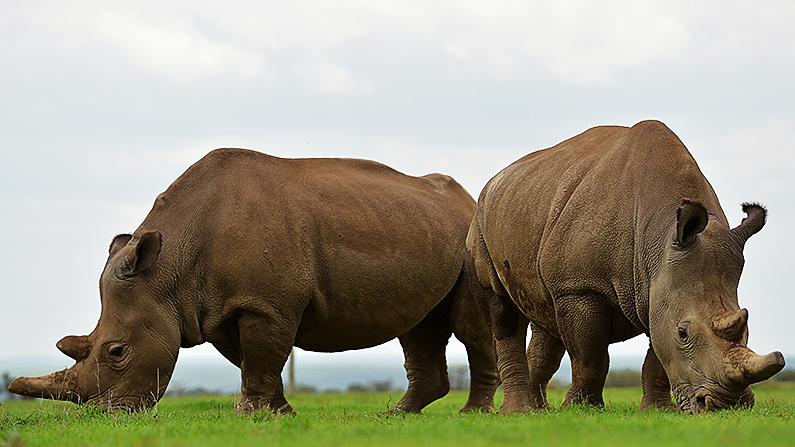Humans have killed about 60 percent of animals, including mammals, fish, birds, and reptiles, on the planet since 1970, according to a report from the conservation organization World Wildlife Fund.
The 2018 Living Planet Report, produced jointly by the World Wildlife Fund (WWF) and the Zoological Society of London (ZSL,) says that habitat loss and degradation, overfishing, pollution, and soil degradation have resulted in 60 percent drop in the populations of non-human vertebrate life forms.





